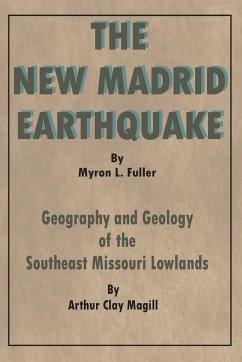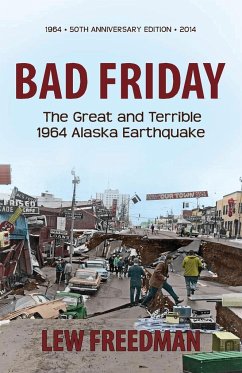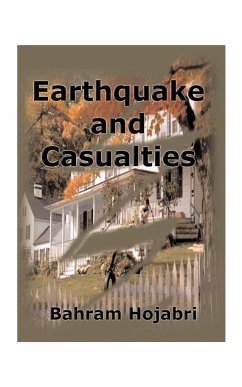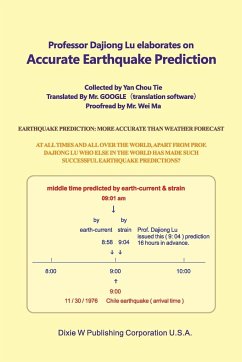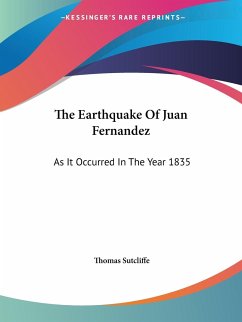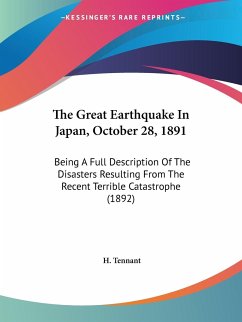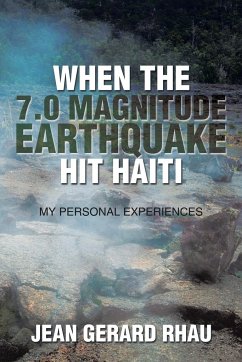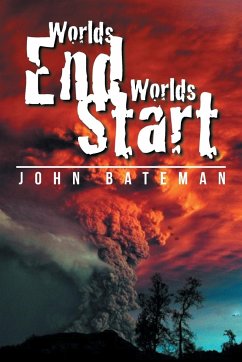
Earthquake cycle research with satellites
Versandkostenfrei!
Versandfertig in 1-2 Wochen
24,99 €
inkl. MwSt.

PAYBACK Punkte
12 °P sammeln!
The motion of the Earth's tectonic plates creates a gradual accumulation of stress at their boundaries, followed by a rapid release in earthquakes, a process known as the earthquake cycle. Studying this process is important because of the hazards earthquakes pose, but presents challenges due to the multi-scale nature of the problem-stresses build up over hundreds to thousands of years, while earthquakes break narrow fault zones in a matter of seconds. In this thesis, we combine a variety of techniques to study the earthquake cycle on multiple temporal and spatial scales, including satellite-ba...
The motion of the Earth's tectonic plates creates a gradual accumulation of stress at their boundaries, followed by a rapid release in earthquakes, a process known as the earthquake cycle. Studying this process is important because of the hazards earthquakes pose, but presents challenges due to the multi-scale nature of the problem-stresses build up over hundreds to thousands of years, while earthquakes break narrow fault zones in a matter of seconds. In this thesis, we combine a variety of techniques to study the earthquake cycle on multiple temporal and spatial scales, including satellite-based interferometric synthetic aperture radar (InSAR) to observe the slow deformation of the Earth over wide areas, and high-performance computational simulations to model faults during earthquakes. We begin by presenting a method for removing the signal of plate-tectonic motion in large-scale InSAR measurements, allowing for better observation of small ground deformations.





